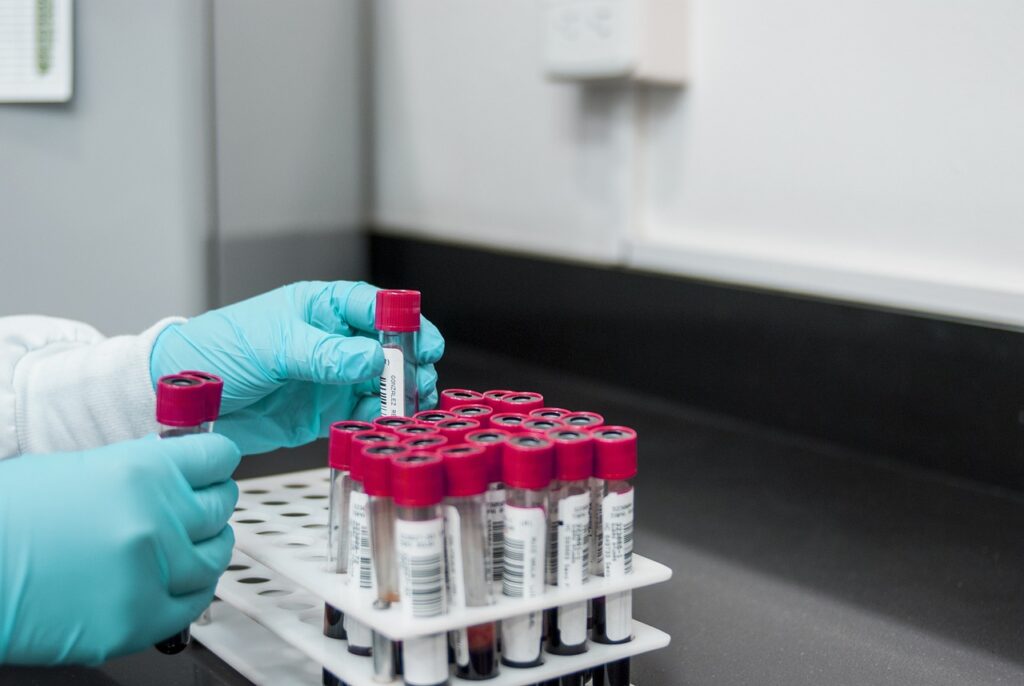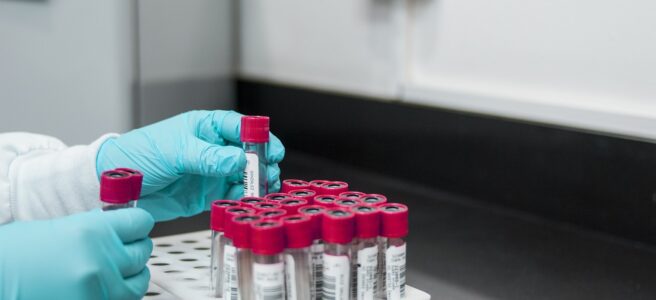In recent years, the importance of community health and safety has become increasingly evident, especially in the face of global health challenges. One significant tool that has emerged to bolster these efforts is the advent of rapid testing facilities. These facilities play a crucial role in early detection, prevention, and control of various health threats within communities. GS Labs delves into the profound impact of rapid testing facilities on community health and safety.

Understanding Rapid Testing
Rapid testing involves using diagnostic tools that provide quick results, often within minutes, instead of traditional testing methods that may take days. This innovation has proven invaluable in the healthcare sector, enabling timely infection identification and prompt intervention. Rapid testing facilities are strategically positioned within communities to ensure easy access and swift response to potential health risks.
Early Detection Of Contagious Diseases
Rapid testing facilities enable the early identification of contagious diseases by swiftly detecting the presence of pathogens such as viruses or bacteria in individuals. This rapid detection is crucial as it allows healthcare professionals to isolate and treat infected individuals promptly, preventing further disease transmission within the community. Early detection also aids in breaking the chain of infection, reducing the overall impact on public health and mitigating the strain on healthcare resources.
Preventive Measures and Timely Interventions
The quick results provided by rapid testing empower individuals to take immediate preventive measures upon receiving a positive diagnosis. This may include self-isolation, notifying close contacts, and following recommended hygiene practices. Furthermore, health authorities can implement timely interventions such as contact tracing and vaccination campaigns, effectively containing the spread of the disease and protecting the wider community from potential outbreaks.
Efficient Resource Allocation
Unlike traditional testing methods that may require extensive laboratory processing time, rapid testing facilities operate efficiently, allowing for the optimal allocation of resources. The swift turnaround in results ensures that healthcare professionals can focus on confirmed cases, streamline contact tracing activities, and allocate resources to areas of greatest need. This efficiency is particularly critical during health emergencies when every moment counts in controlling the spread of infectious diseases.
Enhanced Accessibility
Rapid testing facilities are strategically positioned within communities to enhance accessibility for residents. This localized approach reduces barriers to testing, particularly for individuals in underserved or remote areas. By making testing more readily available, these facilities encourage individuals to proactively seek testing when experiencing symptoms or when exposure is suspected, contributing to the overall public health effort to identify and contain infectious diseases.
Building Community Confidence
The presence of easily accessible and reliable rapid testing facilities fosters a sense of confidence within communities. Knowing that testing is readily available helps alleviate concerns and encourages individuals to participate in testing initiatives voluntarily. This increased confidence facilitates better cooperation with public health measures and promotes a collective sense of responsibility, where community members actively contribute to maintaining the health and safety of the entire community.
Adaptability To Emerging Threats
Rapid testing facilities demonstrate a remarkable adaptability to address various health threats. Whether facing a new infectious agent or dealing with a mutating pathogen, these facilities can quickly adjust their testing protocols to identify the specific threat at hand effectively. This adaptability ensures that communities remain resilient in the face of evolving health challenges, allowing for a proactive and informed response to emerging threats to public health.
Conclusion
The impact of rapid testing facilities on community health and safety cannot be overstated. These facilities are pivotal in the early detection, prevention, and control of contagious diseases within communities. By providing swift and accessible testing, they empower individuals and health authorities to take timely actions, ultimately safeguarding the well-being of entire communities. As we continue to navigate the complexities of public health, integrating rapid testing facilities stands as a beacon of hope for a safer and healthier future.
